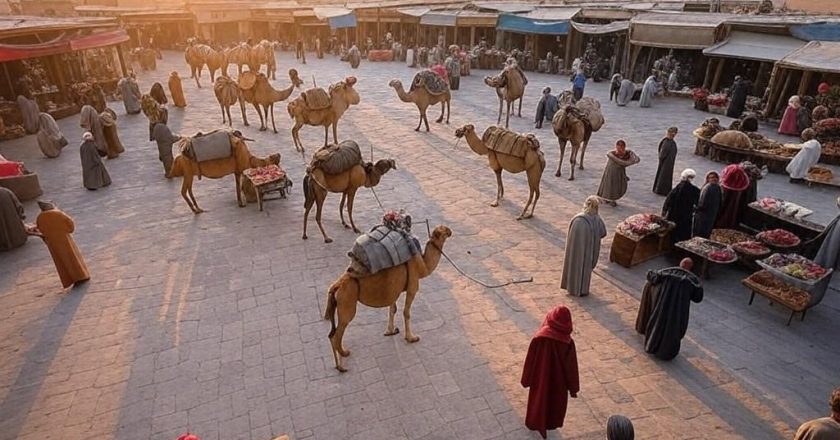The Timeless Journey of Macaroni and Cheese: A Culinary Legacy Spanning Centuries
Macaroni and cheese, the quintessential comfort food, holds a cherished place in the hearts of food lovers worldwide. Its creamy, savory richness provides both indulgence and nostalgia, transcending cultural and geographical boundaries. Yet, this beloved dish has a fascinating and complex history, stretching from the culinary traditions of medieval Europe to its iconic status in modern global cuisine. The journey of macaroni and cheese is as rich and varied as the dish itself, reflecting societal changes, technological advancements, and evolving tastes over centuries.
Medieval Origins: A Royal Delight
The origins of macaroni and cheese can be traced back to 14th-century Europe, where early recipes of pasta and cheese combinations first appeared in culinary manuscripts. These early ...




















